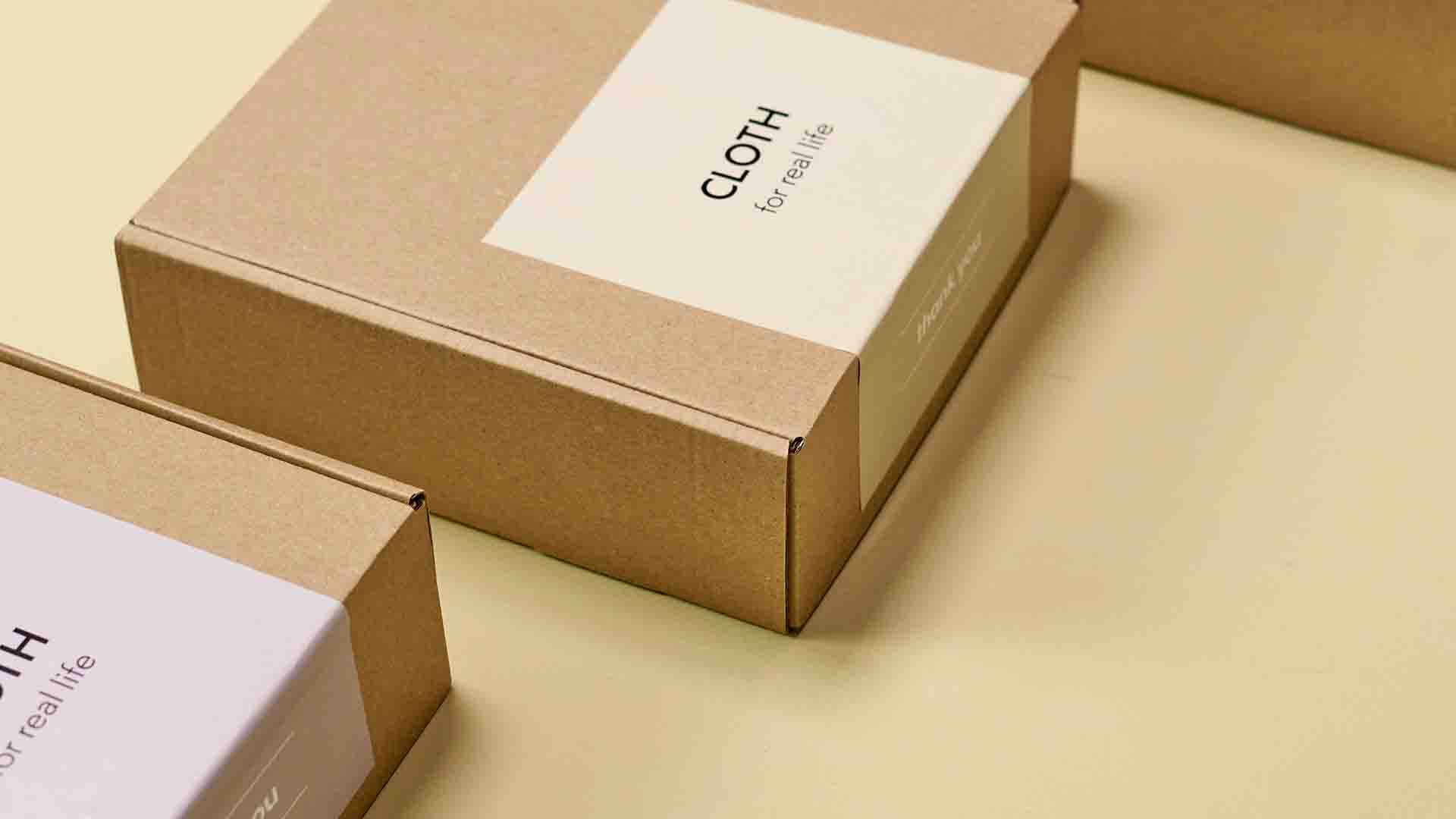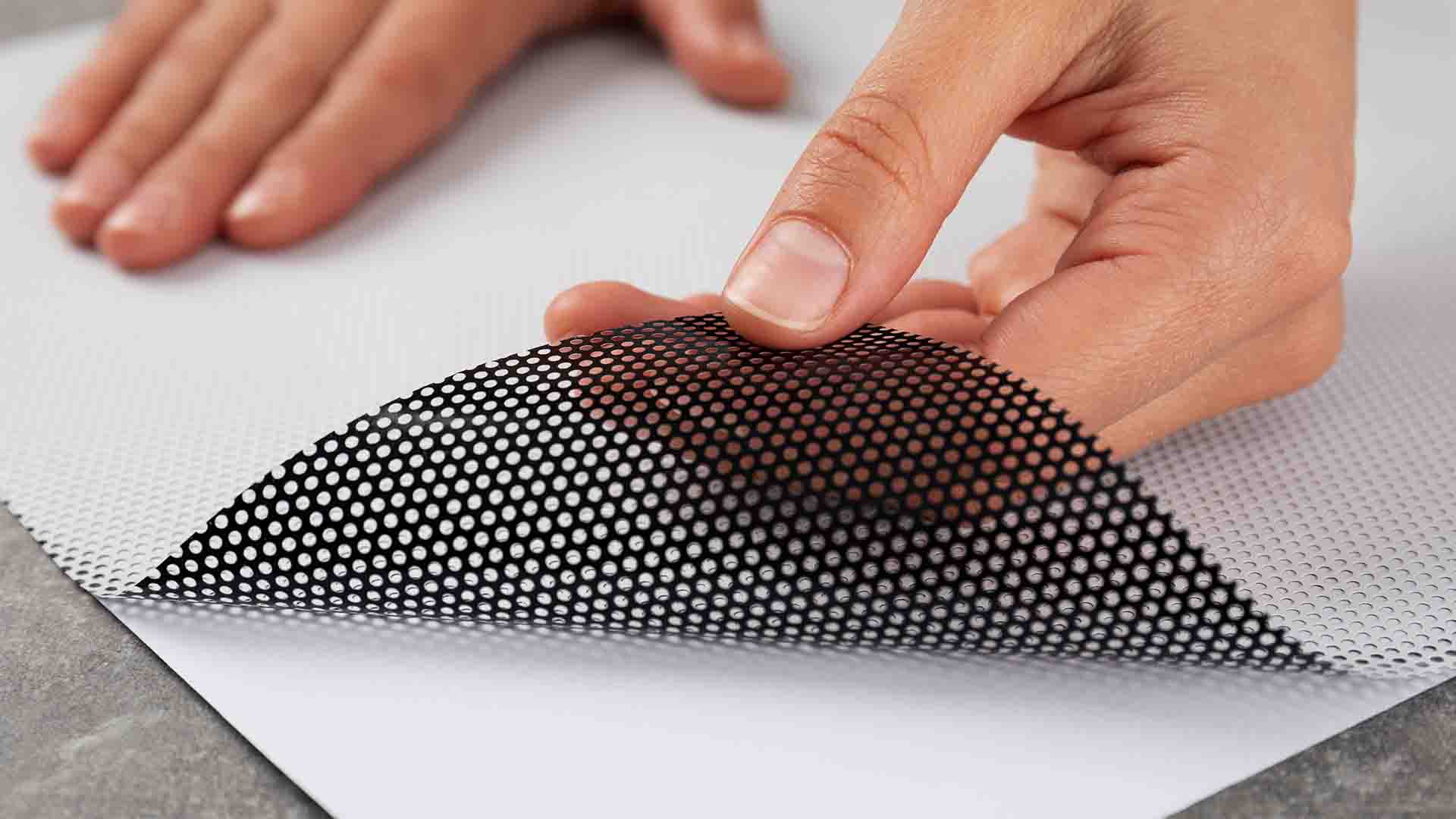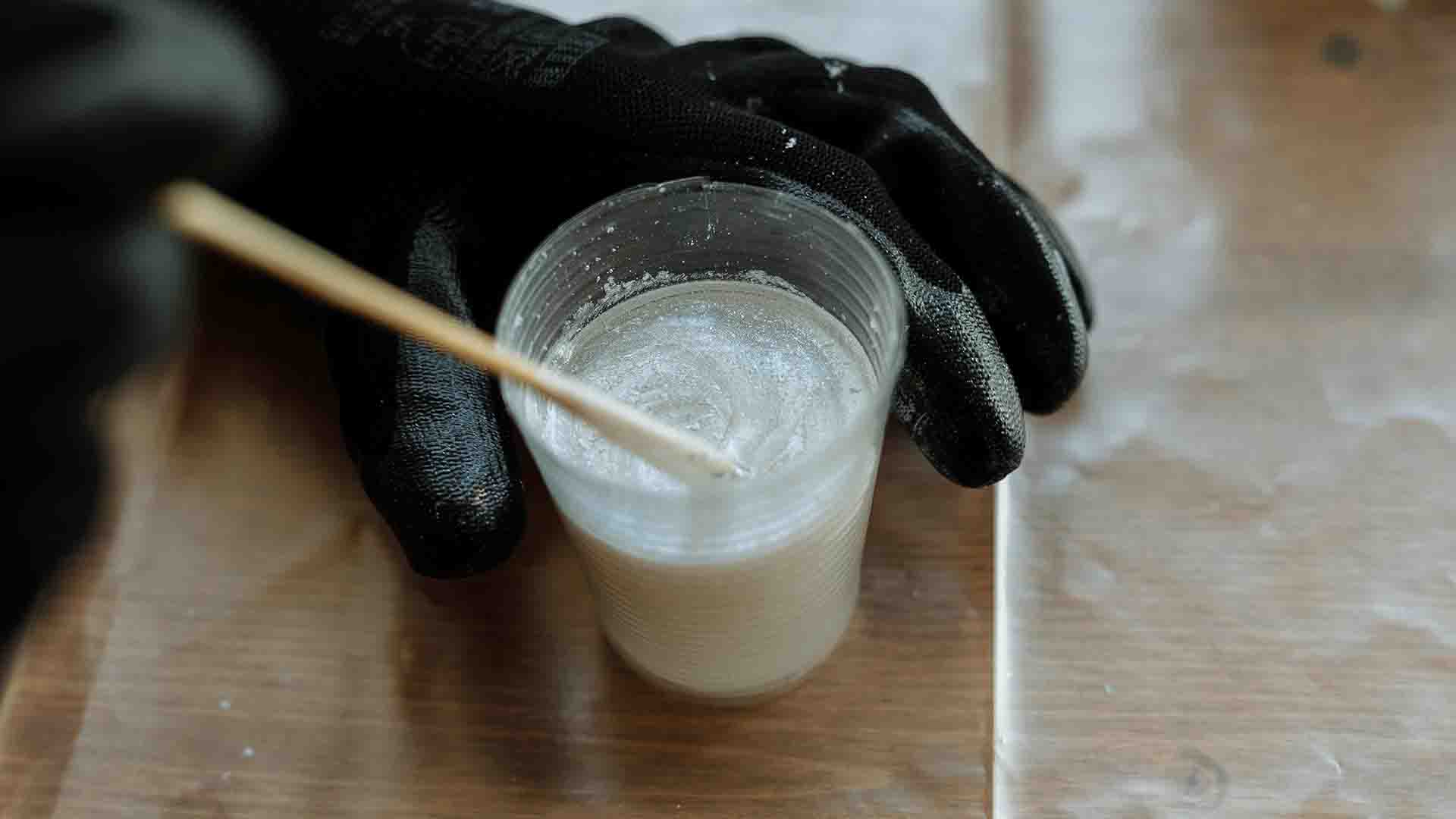

When choosing label paper, it’s important to start with the basics and consider your practical needs – where the labels will be used, the conditions under which they need to be durable and the impression you want to make on your customer. Vygėja offers a wide range of different and specific materials, but the three most popular types of label paper – matt, gloss and semi-gloss – dominate the market, with each label having its own unique characteristics.

Matte label paper is usually chosen for its subtle, elegant look. It is perfect for minimalist designs where clear text and a natural look are key. The matt surface does not scratch the light, making the text easy to read from any angle. This type of label paper is particularly suitable for food, beverage or pharmaceutical products where clarity and simplicity are important.
Nes mes ne tik tiekiame įrangą ar siūlome sprendimus – mes kuriame vertę, kurią jaučia Jūsų verslas kiekviename žingsnyje.
UAB „Vygėja“ – tai patikimas partneris, kuriam rūpi ne tik rezultatas, bet ir Jūsų kelias link jo.
Glossy adhesive paper for printing is the solution when you want a brighter, eye-catching result. The glossy surface adds visual depth to your labels, making colours appear more intense and images more detailed. This label paper is commonly used for cosmetics, beverages, gift or promotional product packaging where it is important to create a luxurious or modern impression.
This label paper is a compromise between matt and glossy. It gives a light sheen, but maintains good legibility and a solid appearance. These self-adhesive labels are a versatile choice for a wide range of industries where you need a label that is both aesthetically pleasing and practical. Often chosen for logistics, food production and consumer goods labelling.
For wine and premium beverages, textured label papers with moisture-resistant barriers are used. They do not swell or fade even when sitting in an ice bucket. If the label is going to go into the fridge or show condensation, it is worth choosing moisture-resistant paper and coating the surface with additional varnish.
Thermal sticky paper printing requires thermal paper, which blackens with heat and is suitable for short-term labelling in logistics. For thermal transfer, conventional matt or chalked papers with a suitable ribbon are suitable and the resulting text and barcodes are much more resistant. Laser printers need laser safe paper to prevent heat from damaging the adhesive and the surface, inkjet printers need inkjet coated paper to prevent ink bleeding and to keep the colours vibrant.
FSC-certified or recycled fibre label paper is available. If the packaging is plastic and separation during washing is planned, paper with wash-off adhesive is an option, or you can switch to a PP label – we choose the design that minimises disruption to recycling.

When choosing adhesive label paper for printing, it is also important to consider what is underneath the label – the adhesive backing. The right adhesive determines how quickly the label will ‘stick’, whether it will adhere to uneven or low surface energy (PE/PP) substrates, how it will react to cold, heat, UV, humidity and whether the label can be neatly removed.
Rubber hot melt adhesives.
It has a very high initial adhesive strength – the label quickly “grips” even rough or uneven surfaces such as recycled cardboard and apolar plastic surfaces (PE, PP).
Acrylic glue.
Typically has a lower initial tack, but adhesion increases over the next ~24 hours and eventually becomes very strong. Acrylics have better UV and temperature resistance, longer lifetime, but due to their “harder” structure they are less penetrable on very rough surfaces. UV-cured acrylic systems are also available for more demanding applications.
Rubber solvent adhesive.
Intermediate, good “grip” on difficult, even slightly wet surfaces; useful for aggressive grip and some environmental resistance.
Label adhesives by removal
Label adhesives can be categorised not only according to their base, but also according to how difficult or easy they are to remove.
Permanent adhesive
Creates aggressive, long-lasting adhesion to a wide range of substrates; it is the most common choice for product labelling in manufacturing, logistics and retail.
Removable adhesive
Allows neat removal of the label without leaving residue (depending on surface and handling). Ideal for temporary promotions, price marking, information labels. Important to know: peel-off adhesives are often not recommended for small-diameter packaging as they can cause poor adhesion; it is always a good idea to carry out a test on your surface.
Re-adhesive
Designed to allow the label to be reapplied several times to the final position while maintaining a neat removal. They balance between low initial tack and sufficient adhesion, suitable for processes where precise alignment is important.
The performance of the adhesive varies with temperature. For example, a removable adhesive at room temperature can become “almost permanent” at low temperatures; therefore, it is critical to assess both application and service temperatures.

A third important aspect to consider is the conditions under which your product will be stored.
Cold-resistant adhesive
For marking in cold or frozen chains – from meat processing to shock-freeze processes. These adhesives allow bonding at -25 °C or on wet/frosty surfaces and maintain adhesion even at -60 °C. The choice should be based on the minimum application temperature and the service temperature (where the product will be stored after bonding).
High temperature/UV/outdoor conditions
For labels exposed to sun, heat or humidity, acrylic adhesives are more reliable due to their better UV and heat resistance; special acrylics are also available for applications up to +120 °C or more (short-term peak loads).
Surface energy and roughness
Low surface energy plastics (PE, PP) and rough/porous substrates (e.g. recycled cardboard) require a high initial tack and a good “penetration” into the micro-embossing, where rubber (hot melt) or special acrylics moulded for LSE substrates are more suitable.
Tell us what kind of surface you’ll be sticking to, whether there will be moisture, cold or cleaning chemicals, what kind of printer you’ll be using and what kind of image you’re aiming for. We’ll choose the adhesive label paper, adhesive and protector, make a test print on real material and calibrate the colours so your labels look exactly as you planned and stay neat throughout their lifetime.